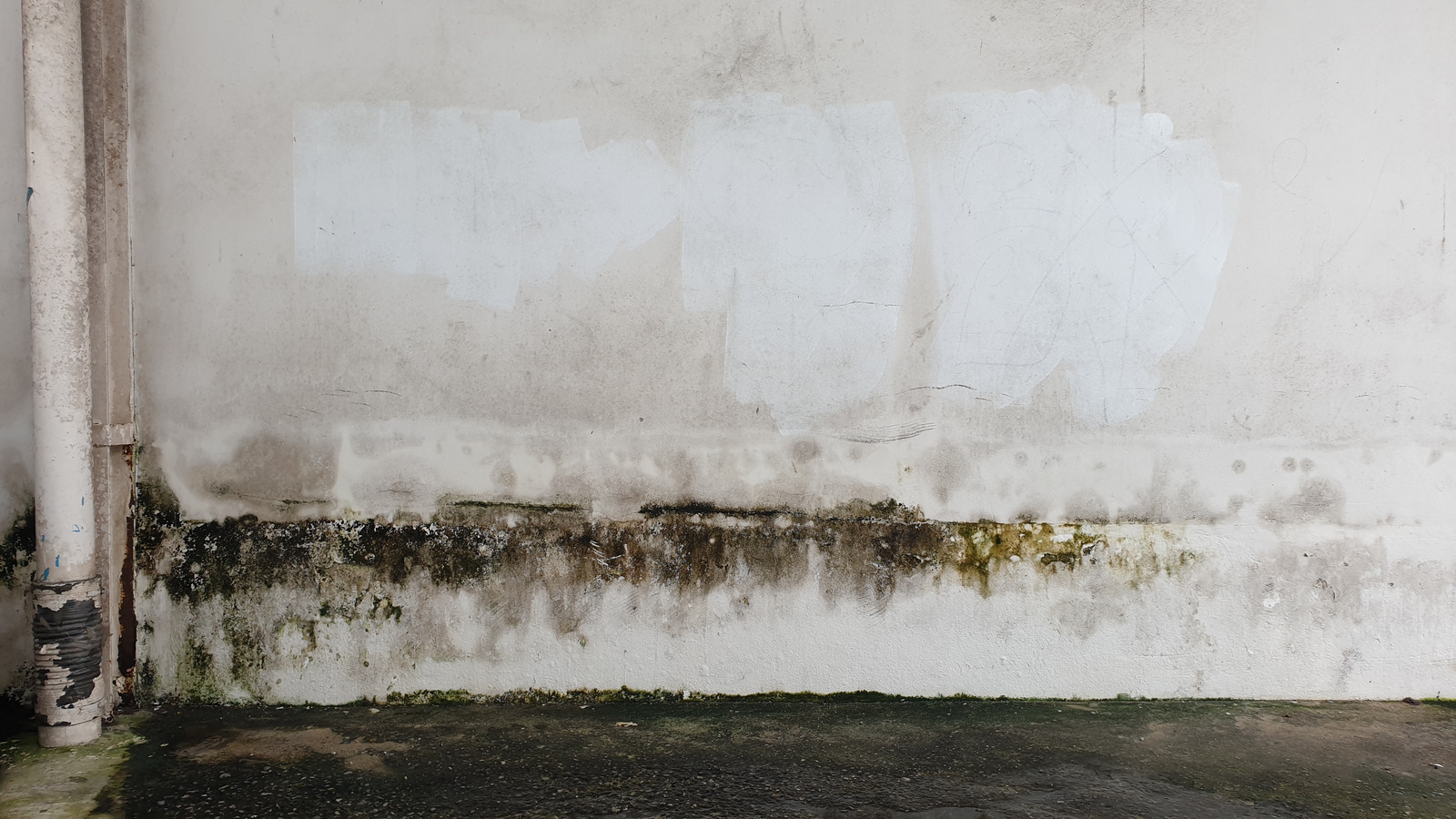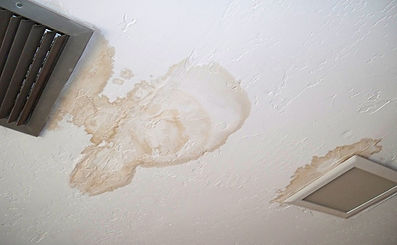Steps to Inspect and Repair Water Stains on Walls
Steps to Inspect and Repair Water Stains on Walls
Blog Article
Are you in search of info concerning How to Remove Water Stains from Walls and Ceilings?

Water stains on walls are not pleasant to the eyes. Your home should be without stains on the wall surfaces, roof covering, or floorings. That is the excellent state of a residence and also its frameworks. Yet, occasionally it appears nearly inescapable to experience water spots on walls in houses.
Home owners residing in humid regions frequently handle the fear of water discolorations on wall surfaces. However that doesn't have to hold true for you. With well-rounded and also precise information on the sources of water spots and punctual repair service processes, you will constantly be a step ahead of such occurrences. So, this write-up guarantees to be an useful overview for you.
3 Usual Reasons For Water Discolorations on Walls
Unlike popular belief, water discolorations on walls do not constantly stem from inadequate building products. There are several root causes of water stains on wall surfaces. These consist of:
Moist
When warm moist air consults with dry chilly air, it triggers water beads to form on the wall surfaces of buildings. This happens in restrooms and also kitchens when there is heavy steam from food preparation or showers. The water beads can tarnish the surrounding walls in these parts of your house and also spread to other locations.
Moist or condensation influences the roof covering and walls of buildings. When the wall is damp, it develops an ideal setting for the development of fungi as well as germs.
Poor Water drainage
This will certainly avoid water from seeping into the walls. This links to excessive wetness that you notice on the walls of your building.
So, the leading reason for wet wall surfaces, in this situation, can be a bad drain system. It can additionally result from inadequate monitoring of sewer pipes that run through the building.
Pipe Leaks
Most residences have a network of pipes within the wall surfaces. This makes sure that the pipes are well away from the reach of destructive rats. It constantly boosts the feasibility of such pipes, as there is little oxygen within the walls. This discourages corrosion.
Yet, a downside to this is that water leakage influences the wall surfaces of the structure and also causes extensive damage. A telltale sign of faulty pipelines is the look of a water discolor on the wall.
Pro Suggestion
A houseplant in your home also raises its moisture. If the home is already moist, you may want to present houseplants with minimal transpiration. An instance of appropriate houseplants is succulents.
Water Stains on Wall Surface: Repair Work Tips
Home owners would generally desire a quick fix when taking care of water spots. They would certainly quickly realize this is disadvantageous as the water spots recur. So, below are a few useful pointers that will certainly guide you in the fixing of water spots on walls:
Conclusion
Although nobody intends to have water stains on walls in their home, it can occur to the most effective of us. This write-up gives you take advantage of, as you currently recognize just how to handle this problem if it does occur.
It is always best to hire professional services to assist deal with the damages in your house.
In some cases it appears almost unavoidable to experience water discolorations on wall surfaces in homes.
Contrary to preferred idea, water stains on walls do not always stem from poor building materials. There are a number of causes of water spots on wall surfaces. The water beads can discolor the surrounding walls in these parts of your residence and also spread to other areas.
Right here are a couple of handy ideas that will certainly lead you in the fixing of water discolorations on wall surfaces:
CHECKING FOR WATER DAMAGE
Water damage can be costly, and it may begin before you even notice the first signs of trouble. Water damage can cause mold and mildew in your walls and floors, which can create an abundance of health concerns for your family. It can also lead to costly repairs of various appliances and general home fixtures. To avoid the pricey consequences of water damage, here are Warner Service s top 5 places you should check:
The walls The easiest place to spot the beginnings of water damage is on the walls and ceilings of your home. If water damage is present, there will most likely be water stains, especially around the windows and doorframes, and/or cracks in the drywall. If a stain looks unusual (discolored to brown, black or gray, raised texture), has a swollen appearance or is soft to the touch, contact a professional immediately. The pipes To avoid water damage, consistently check the pipes in your kitchen (especially the dishwasher and ice maker), bathrooms, laundry room (specifically washing machines) and basement for corrosion, leaks and water stains. Pay special attention to where the pipes connect in your home and the location of caulking around the bathroom fixtures, including toilets, sinks, showers and tubs. Missing or loose caulking and grout could be signs of leaking water. This seepage can also quickly cause mold and rust, so double check your water heater and tank for wet spots on the floor. The floor Water damage is very easy to spot on the floor. Look for any warping or buckling of the material, especially in the basement. If your home has wood flooring, look for bright white or dark stains. If your home has carpeting, keep it dry and clean. A damp carpet that smells of mold could cause water damage and health problems. To avoid this, consider installing floor pans under your appliances to help prevent damages from small, slow and undetected leaks. The basement and attic If your basement or attic smells odd check for mold and mildew around the area, especially the valley where the roof meets. While you are inspecting those areas, check for wall cracks, floor stains, rust and dampness in the insulation. If you live in a colder and/or rainier climate, perform routine checks for water damage from melting snow or ice and rain. The exterior Check the roof for damaged flashing and missing, cracked or curled shingles. There should also be no standing water anywhere outside your home. This could be caused by puddles, leaky rain gutters or hoses, poor drainage, or short gutter spouts. Invest in a sump pump system or water flow monitoring system, and perform routine maintenance on these outdoor appliances to avoid indoor water damage.

Do you appreciate more info about How to Remove Water Stains from Walls and Ceilings? Make feedback directly below. We will be delighted to see your opinion about this page. We hope that you visit us again soon. So long as you liked our article please remember to share it. Thank you so much for taking the time to read it.
Click Here Report this page